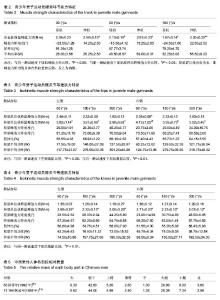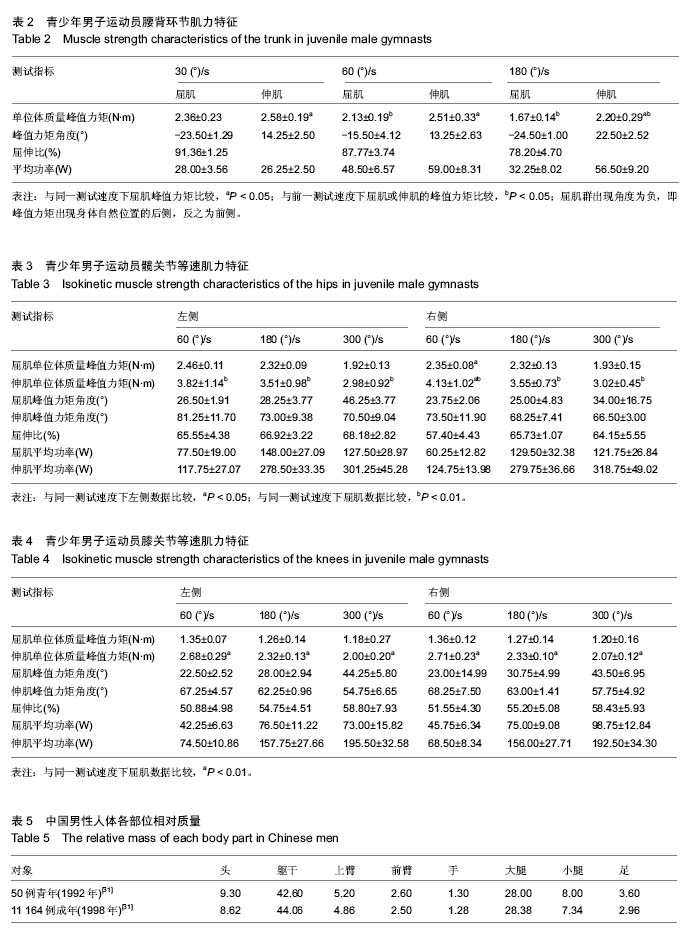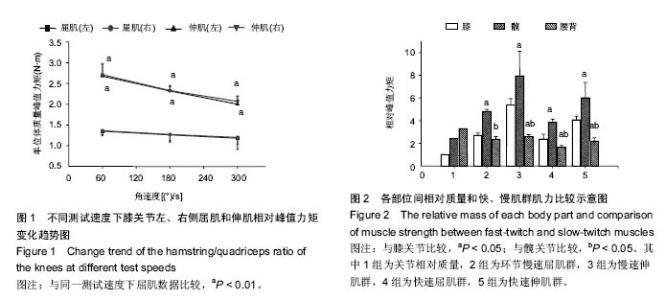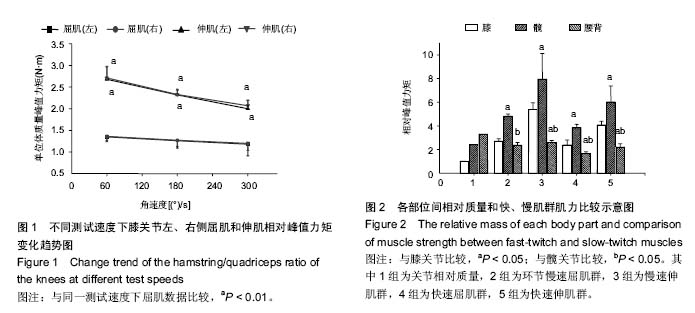| [1] Yeow CH, Lee PV, Goh JC. Non-Linear flexion relationships of the knee with the hip and ankle, and their relative postures during landing. Knee. 2011; (18):323-328.
[2] Norcross MF, Lewek MD, Padua DA, et al. Lower extremity energy absorption and biomechanics during landing, part II frontal-plane energy analyses and interplanar reationships.Athl Train. 2013;48(6): 757-763.
[3] Crow J, Pizzari T, Buttifant D. Muscle onset can be improved by therapeutic exercise: a systematic review. Phys Ther Sport. 2011;(12):199-209.
[4] Skou ST, Wise BL, Lewis CE, et al. Muscle strength, physical performance and physical activity as predictors of future knee replacement: a prospective cohort study. Osteoarthritis Cartilage. 2016;(24): 1350-1356.
[5] Kellis E, Kouvelioti V. Agonist versus antagonist muscle fatigue effects on thigh muscle activity and vertical ground reaction during drop landing. J Electromyogr Kinesiol. 2009;(19):55-64.
[6] Davies GJ. A com pendium of Isokinetics in clinical usage and rehabilitation techniques. 4th edition, La Crosse’s Publisher, 1992:10-55.
[7] Hill AV. The first and last experiment in muscle mechanics. Cambridge University Press,1970.
[8] Dauty M, Menu P. Fouasson-Chailloux A, et al. Muscular isokinetic strength recovery after knee anterior cruciate ligament reconstruction revision: Preliminary study.Ann Phys Rrehabil Med. 2014;(57): 55-65.
[9] Farup J, Kjolhede T, Sorensen H. Musle morphological and strength adaptions to endurance vs resistance vs resistance training. J Strength Cond Res. 2012;26(2): 398-404.
[10] Wilson JM, Loenneke J, Edward JO. The effects of endurance, strength and pow-er training on muscle fiber type shifting. J Strength Cond Res. 2011;26(6): 1724-1729.
[11] Germain CM, Vasquez E, Batsis JA, et al. Sex, race and age differences in muscle strength and limitations in community dwelling older adults: Data from the Health and Retirement Survey (HRS). Arch Gerontol Geriatr. 2016;(65):98-103.
[12] de Paula Simola RÁ, Raeder C, Wiewelhove T, et al. Muscle mechanical properties of strength and endurance athletes and changes after one week of intensive training. J Electromyogr Kinesiol. 2016;(30): 73-80.
[13] [美]乔奇A.布茹克司,等.著.杨锡让,等.译.运动生理学[M].北京:北京体育学院出版社,1988:214.
[14] 娄彦涛.铅球运动员主要关节等速肌力配布特征[J].中国组织工程研究,2014,18(29):4647-4652.
[15] 师玉涛,刘颖,马馨,等.我国优秀10m跳台男子运动员下肢肌肉力量特征研究[J].中国体育科技,2010,46(3):54-56.
[16] 程会娜.对河北省优秀竞技武术套路运动员肌肉力量的等速测试研究[J].河北师范大学学报,2007,16(3):15-17.
[17] 闫红光,马毅,娄彦涛,等.国家优秀男子自由式滑雪空中技巧运动员下肢肌力特征与静态平衡能力关系探讨[J].沈阳体育学院学报,2012,31(3):9-12.
[18] 岳建军.不同级别竞技健美操运动员髋、膝和踝关节等速肌力特征研究[J].中国体育科技,2014,50(6):59-66.
[19] 刘巍,董德朋,孙卓.我国优秀男子自由式摔跤运动员主要关节肌力特征研究[J].中国体育科技,2015,51(5):52-58.
[20] 吴颖.单板滑雪U型场地技巧运动员膝关节等速肌力特征研究[J].科技信息,2014,(7):90-91.
[21] 刘大庆.运动训练学研究进展与理论探蹊[M].北京:北京体育大学出版社,2013:43.
[22] 冯俊彦.我国竞技体操后备人才培养的结构特征与发展对策研究[J].西安体育学院学报,2009,26(3):266-269.
[23] 马毅.自由式滑雪空中技巧运动员出台技术、下肢力量与落地稳定性关系研究[J].中国体育科技,2012,48(3): 64-68.
[24] 黄红拾,蒋艳芳,杨洁,等. 膝关节30°时前交叉韧带断裂对等速屈伸肌力比值的影响[J].北京大学学报,2015, 47(5):787-790.
[25] 鲁智勇,李伟,解强,等.我国优秀橄榄球运动员身体功能特点研究[J].中国体育科技,2016,52(2):141-145.
[26] Ebid AA, El-Shamy SM, Draz AH. Effect of isokinetic training on muscle strength, size and gait after healed pediatric burn: A randomized controlled study. Burns. 2014;(40):97-105.
[27] Siebert T, Kurch D, Blickhan R, et al. Does weightlifting increase residual force enhancement? J Biomech. 2016; (49):2047-2052.
[28] Bruyere O, Beaudart C, Reginster Y, et al. Assessment of muscle mass, muscle strength and physical. Eur Geriatr Med. 2016;(7):243-246.
[29] Zhu Q, Li J, Fang M, et al. Effect of Chinese massage (Tui Na) on isokinetic muscle strength in patients with knee osteoarthritis. J Tradit Chin Med. 2016;36(3): 314-320.
[30] Suciu MA, Popovici C. Effects of vertical water training on knee extensors strength in swimmers. Soc Behav Scie. 2014;(117):420-426.
[31] 郑秀媛,贾书惠,高云峰,主编. 现代运动生物力学[M]. 北京:国防工业出版社,2002. |



